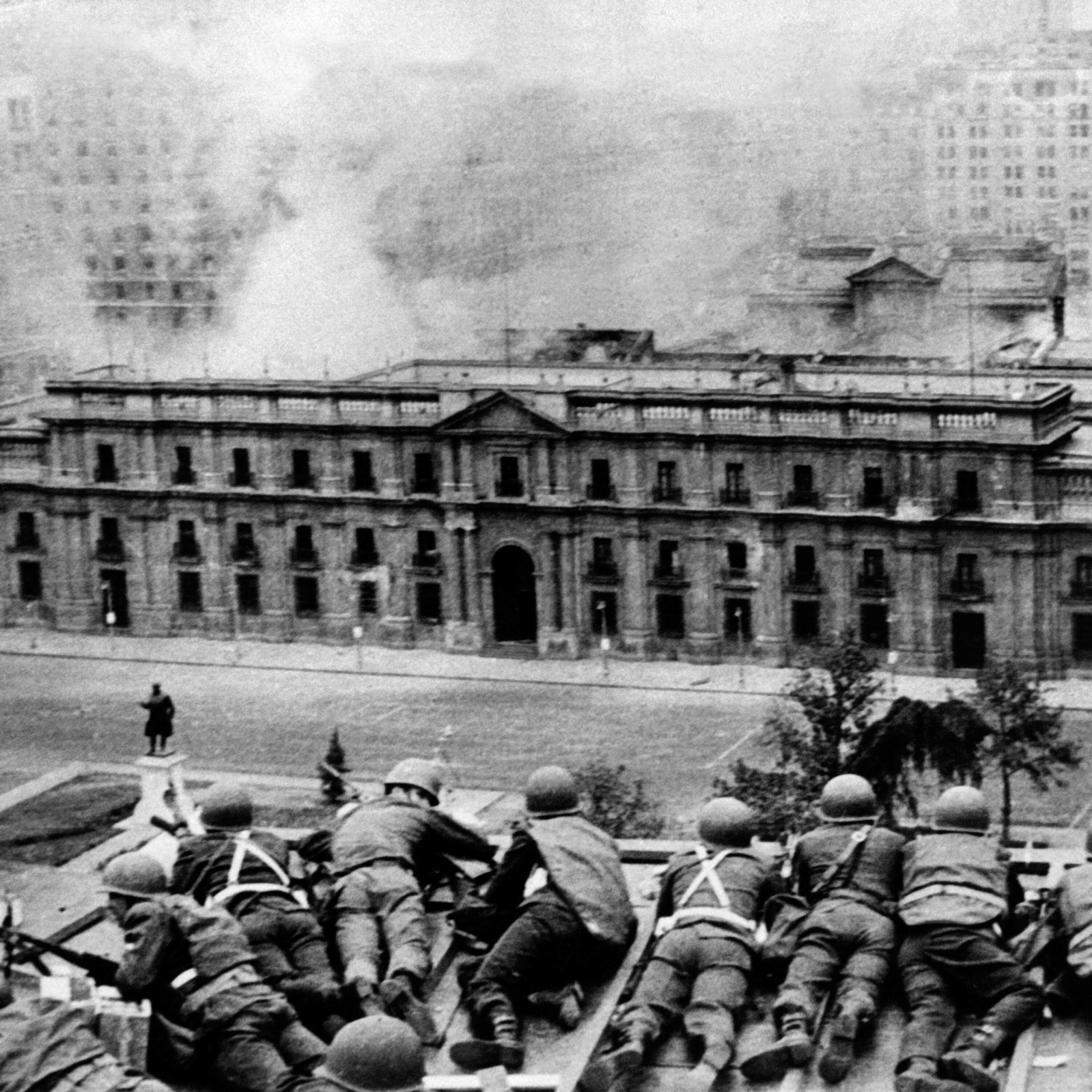The Business of Migrant Detention
The U.S. immigration detention system is spread out across federal facilities, private prisons, state prisons, and county jails. It’s grown under both Democratic and Republican presidents. And it’s been offered up as a source of revenue for over a century, beginning with the first contracts between the federal government and sheriffs along the Canadian border.
Guests:
Brianna Nofil, assistant professor of history at The College of William and Mary author of The Migrant's Jail: An American History of Mass Incarceration
To access bonus episodes and listen to Throughline sponsor-free, subscribe to Throughline+ via Apple Podcasts or at plus.npr.org/throughline.
Love podcasts? For handpicked recommendations every Friday, subscribe to NPR’s Pod Club here.
If you want to learn more about the history of Cuban migration to the U.S. and the Mariel Boatlift, check out season 2 of White Lies.
Learn more about sponsor message choices: podcastchoices.com/adchoices
NPR Privacy Policy
Guests:
Brianna Nofil, assistant professor of history at The College of William and Mary author of The Migrant's Jail: An American History of Mass Incarceration
To access bonus episodes and listen to Throughline sponsor-free, subscribe to Throughline+ via Apple Podcasts or at plus.npr.org/throughline.
Love podcasts? For handpicked recommendations every Friday, subscribe to NPR’s Pod Club here.
If you want to learn more about the history of Cuban migration to the U.S. and the Mariel Boatlift, check out season 2 of White Lies.
Learn more about sponsor message choices: podcastchoices.com/adchoices
NPR Privacy Policy
Press play and read along
Transcript
Transcript is processing—check back soon.
Throughline — The Business of Migrant Detention





